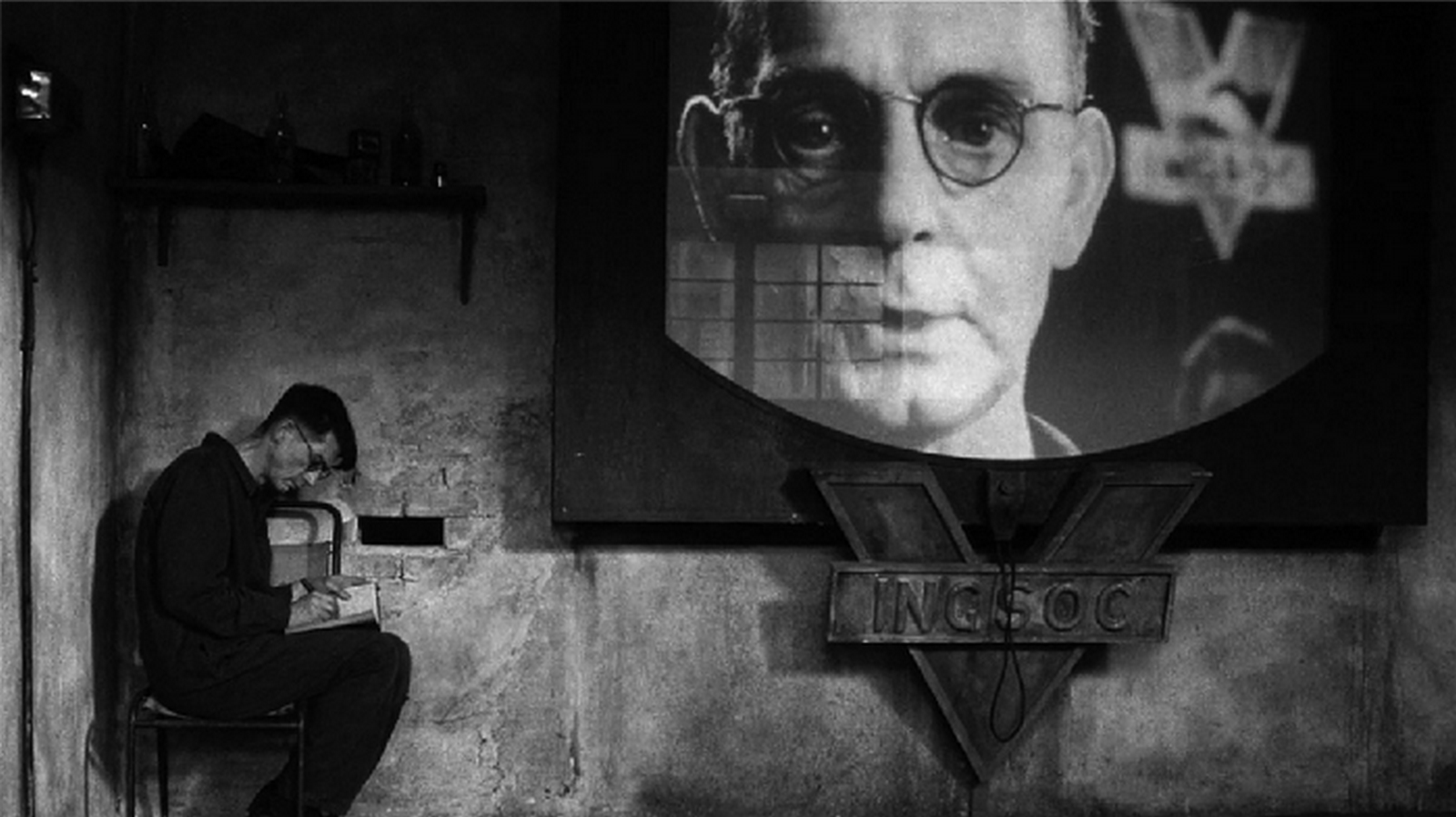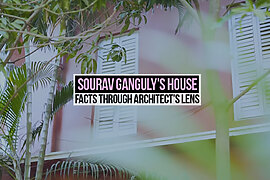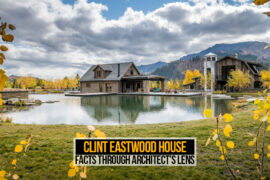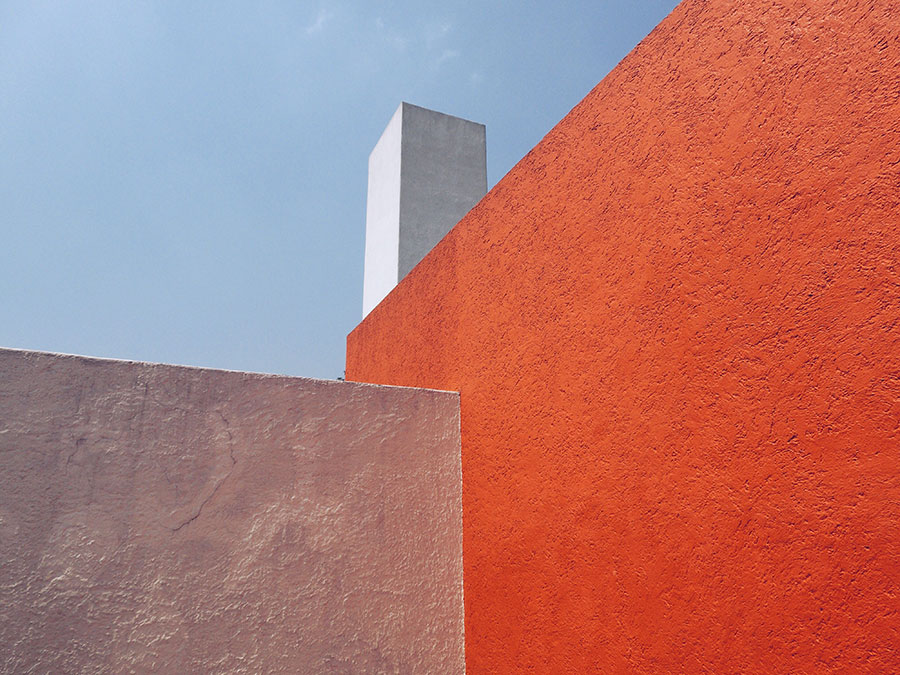In the mid-20th century, a wave of concrete fortresses spread from Western Europe to the rest of the world. With their emphasis on imposing forms and raw materials, this style was termed “Brutalist” by British architectural critics. Unlike the beaux art style, Brutalism in architecture moved away from extraneous ornamentation; unlike the international style, it rejected rigid glass blocks associated with the wealthy elite. Brutalism was thus seen by supporters as a bold statement of egalitarianism, inspiring its use in new government facilities, universities, and libraries. Though the public attitude to this style has shifted today, Brutalist buildings continue to be popular fixtures in films, adding a distinctly futuristic but also harsh effect.
1. A Clockwork Orange (1971) | Brutalism in Architecture
Directed by Stanley Kubrick, A Clockwork Orange is a dystopian film exploring psychiatry and juvenile delinquency. The story centers on a violently-inclined adolescent who runs around committing crimes and reveling in violence. With Brutalist structures as a background, the tone of harsh rawness is reinforced. Thamesmead Estate, for example, is used as a backdrop for numerous crimes, lending its rough lines to the monstrosities depicted on screen. Brunel University’s Lecture Centre is another building used. In the film, the protagonist is brainwashed surrounded by this structure’s rough concrete, a material whose thickness serves to bolster his entrapment and forced adherence.
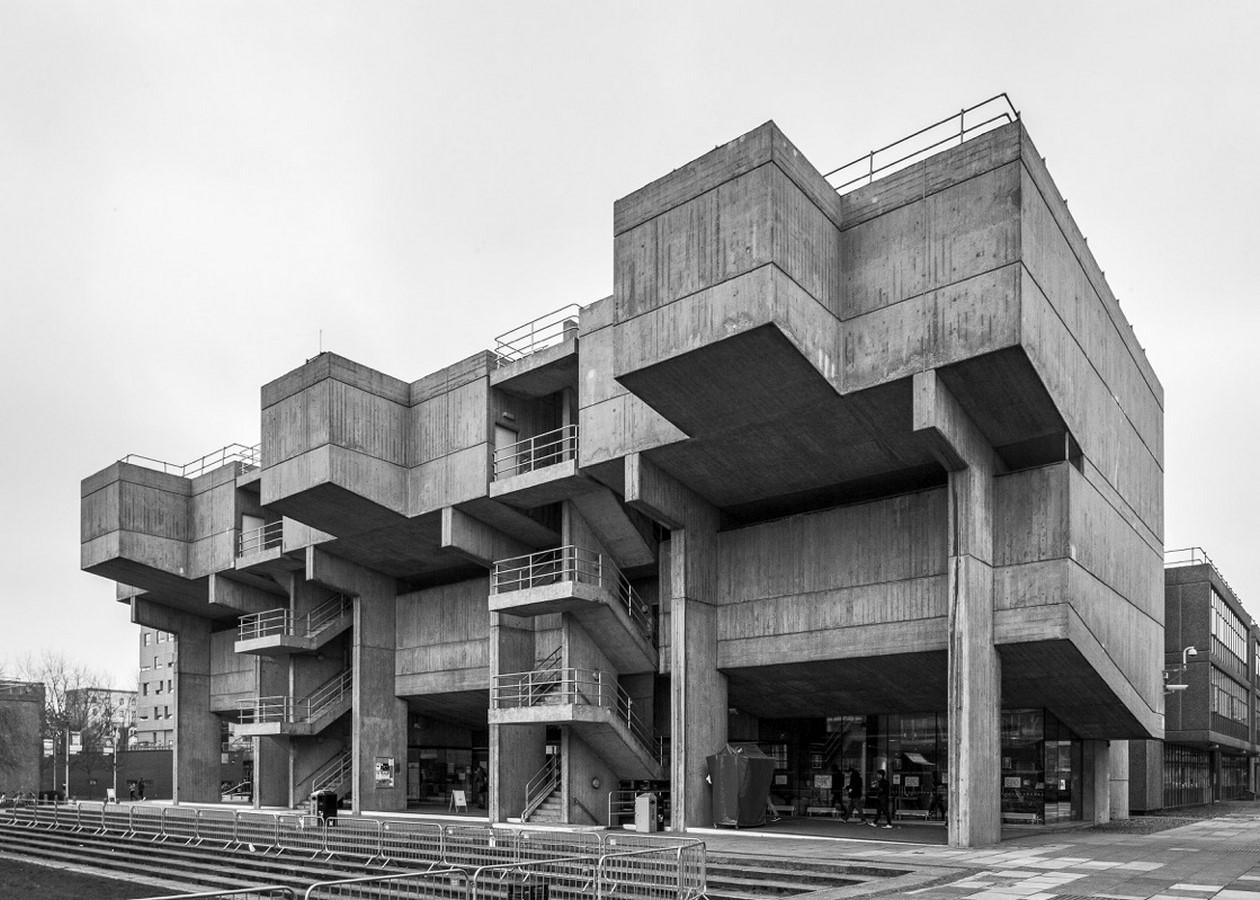
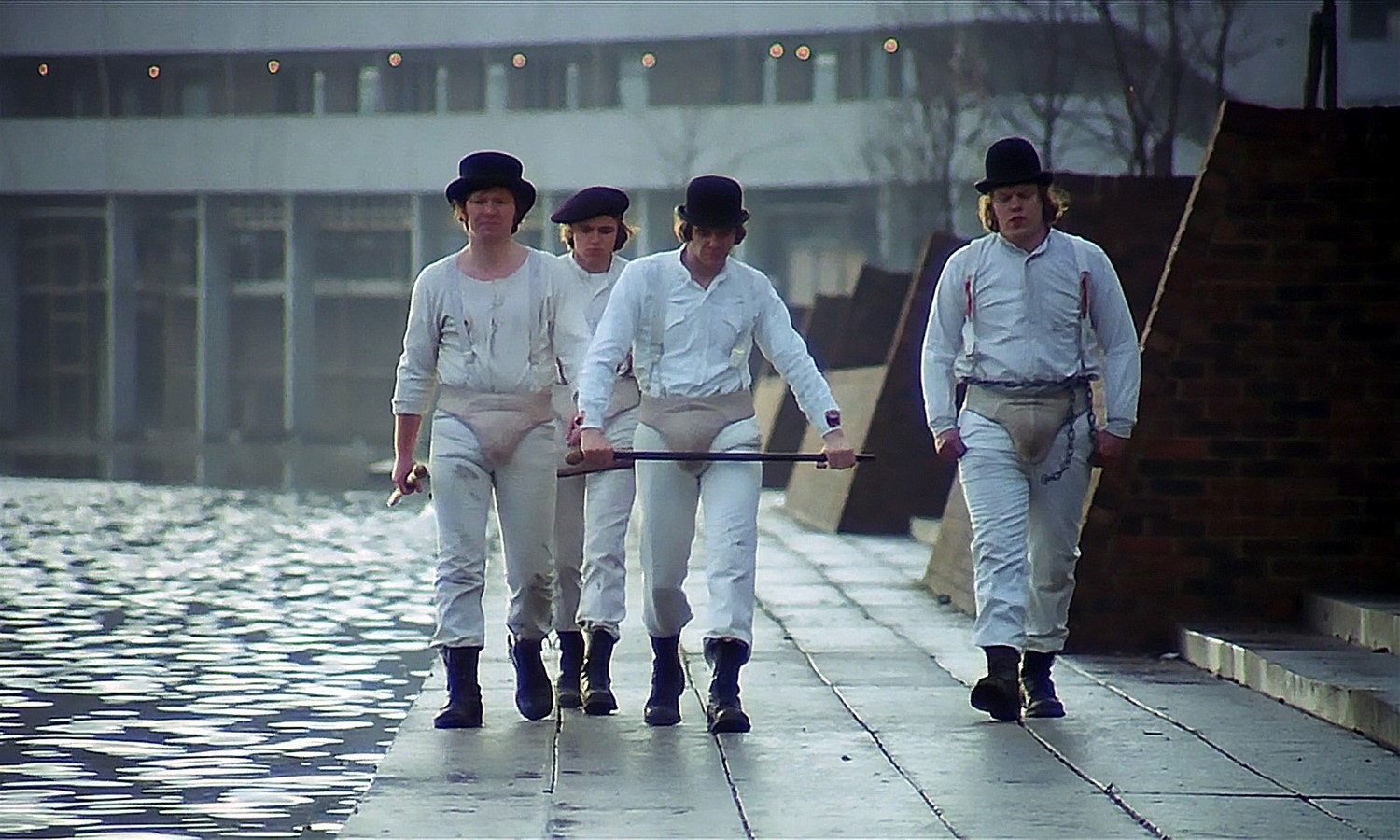
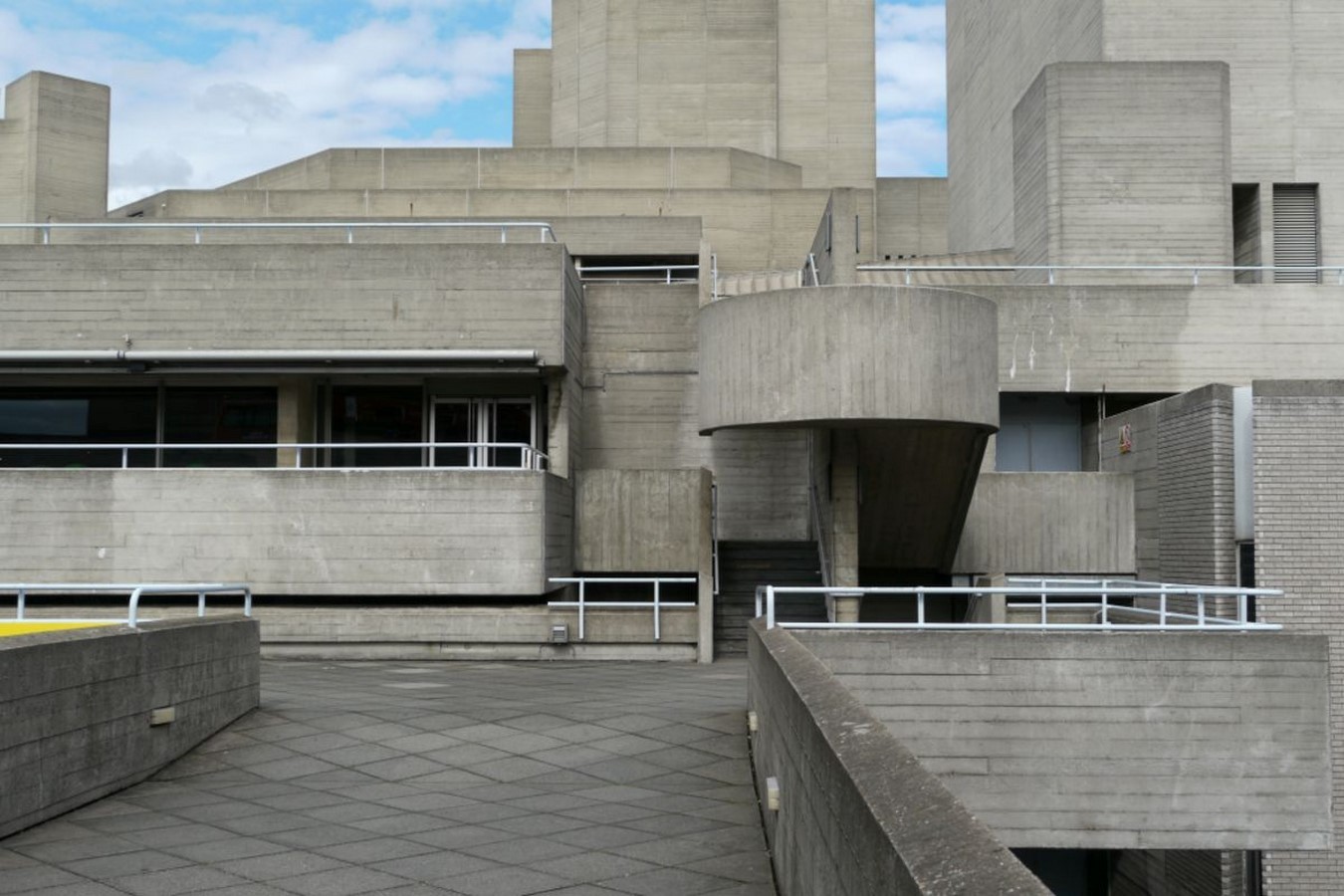
2. Blade Runner (2049)
The cityscapes in Denis Villeneuve’s science fiction film loom almost monstrously with their bulky forms and barren facades. Since the depicted society is hyper-capitalist while Brutalism is rooted in socialism, this choice adds a note of irony to the film’s already confusing tableau. The film itself follows a lonely consumer as he confronts the unstable foundations of his society. Aside from this general outline, the Blade Runner universe is notorious for “operat[ing] with a kind of dream logic where questions that might otherwise frustrate a viewer are subsumed by the overall ambiance.” Considering this fact, the massive concrete blocks convey a sort of beauty beneath their imposing starkness, acting as both monotonous background and melancholic subject, depending on who’s watching.
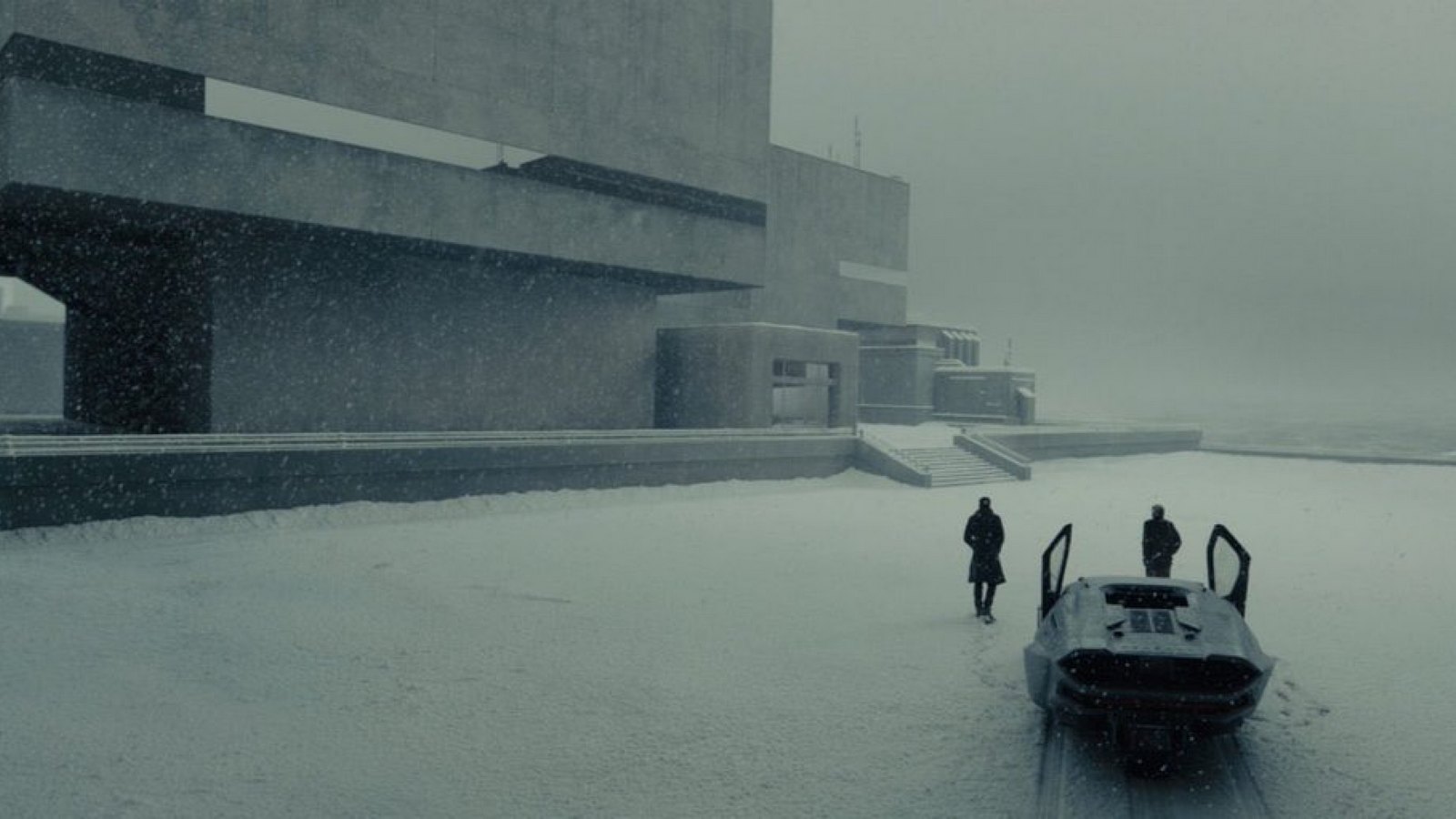
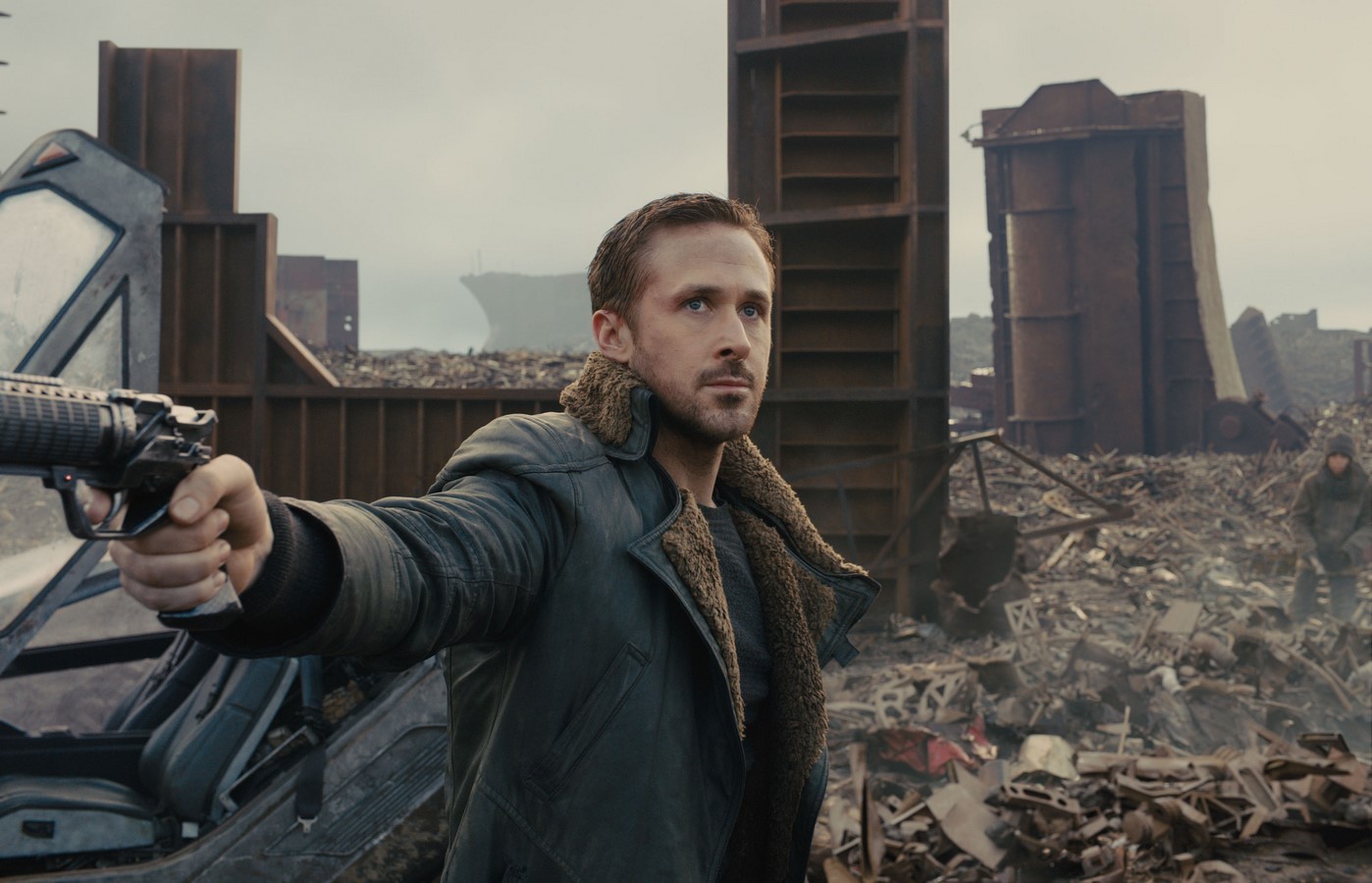
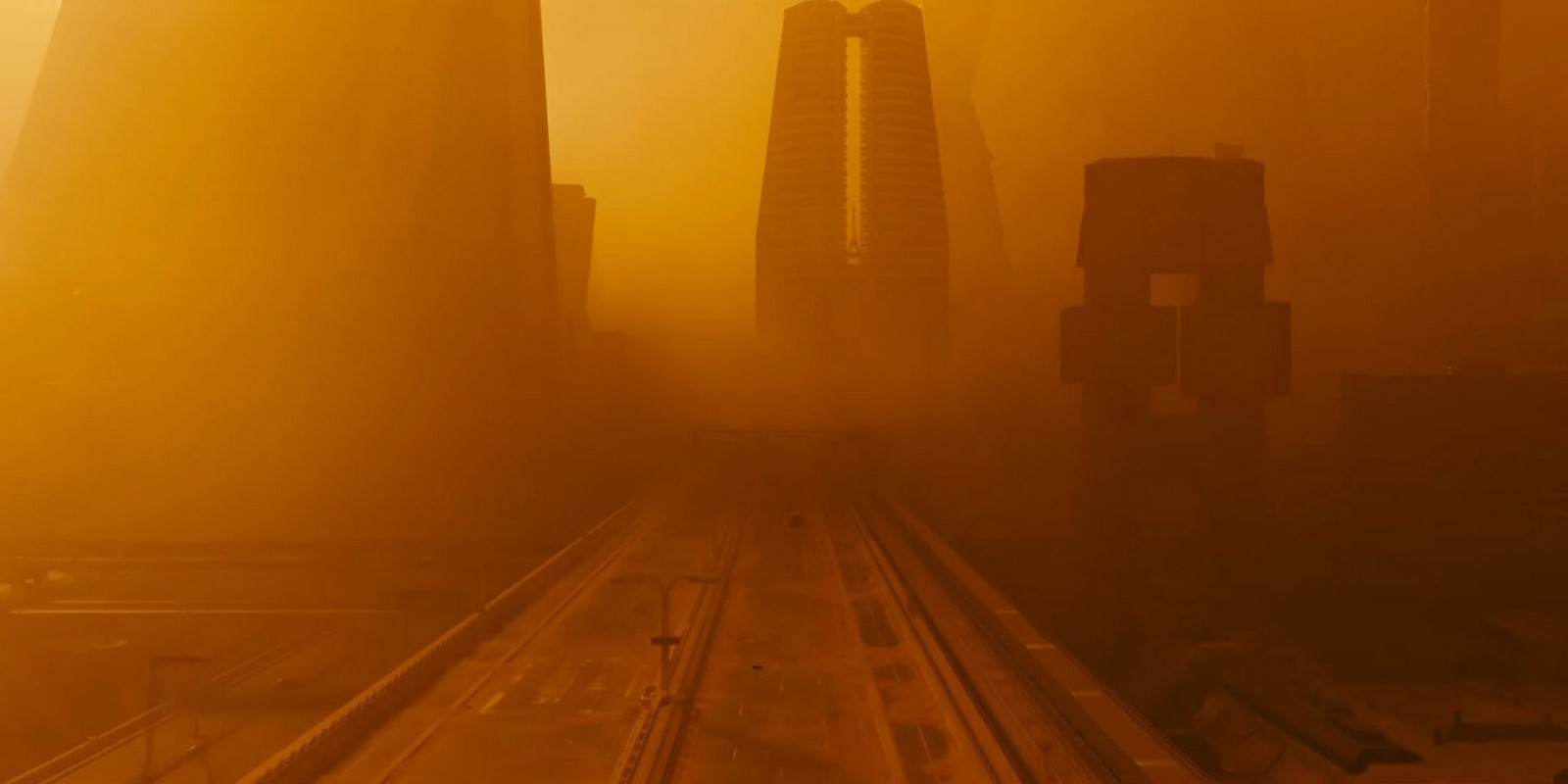
3. Resident Evil: Afterlife (2010) | Brutalism in Architecture
Based on the Resident Evil video game series, this action slash horror movie tells the tale of a small group of individuals navigating a zombie apocalypse. To set this scene, director Paul W.S. Anderson uses two Brutalist buildings: the John P. Robarts Research Library and The Meeting Place at the University of Toronto. The former is mainly used for exterior shots in which the zombies leap off the top; the latter is employed for interior shots of a supposed mega-prison. In both scenes, these monoliths give the story a sense of ordered resistance as the characters fight back against their circumstances.
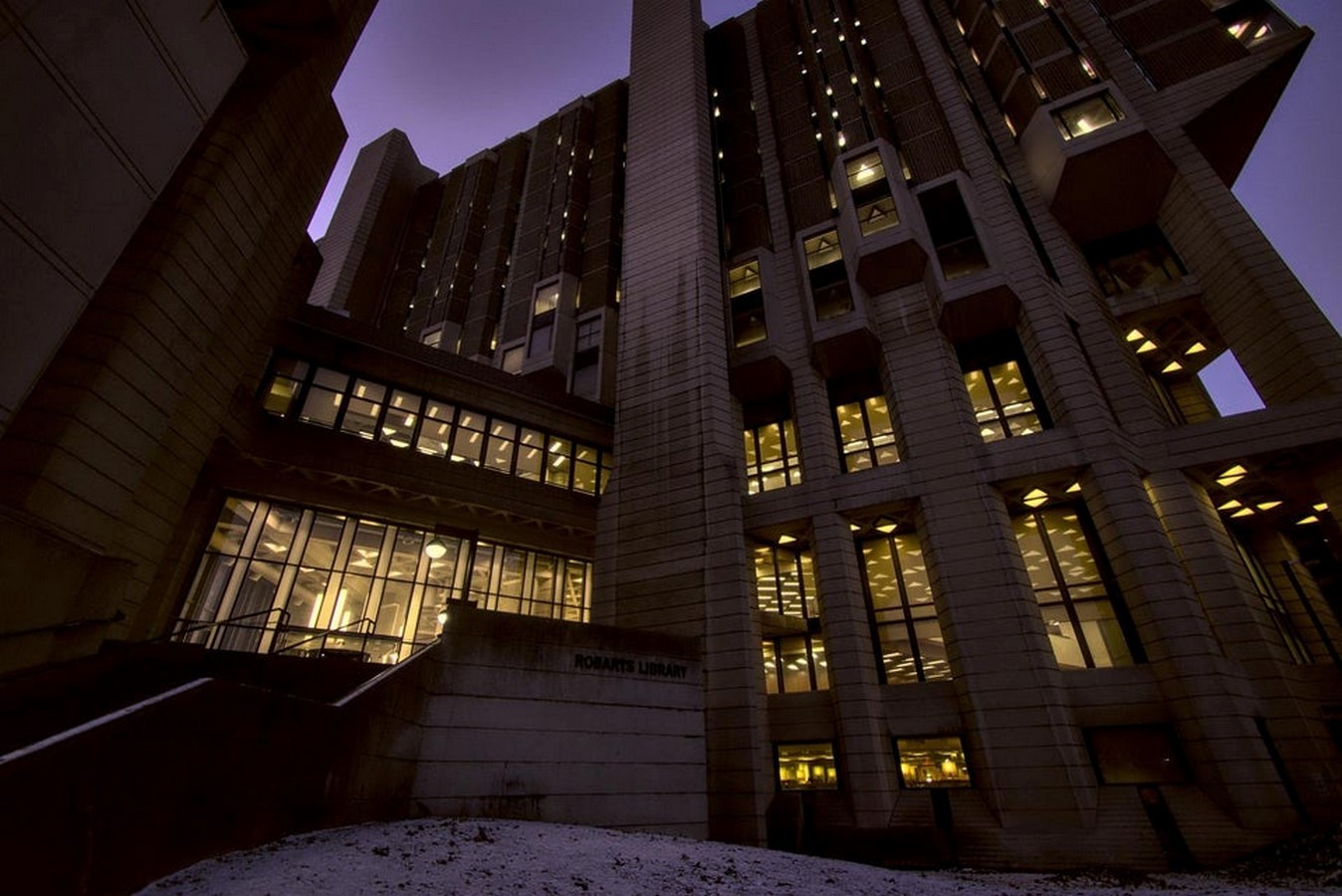

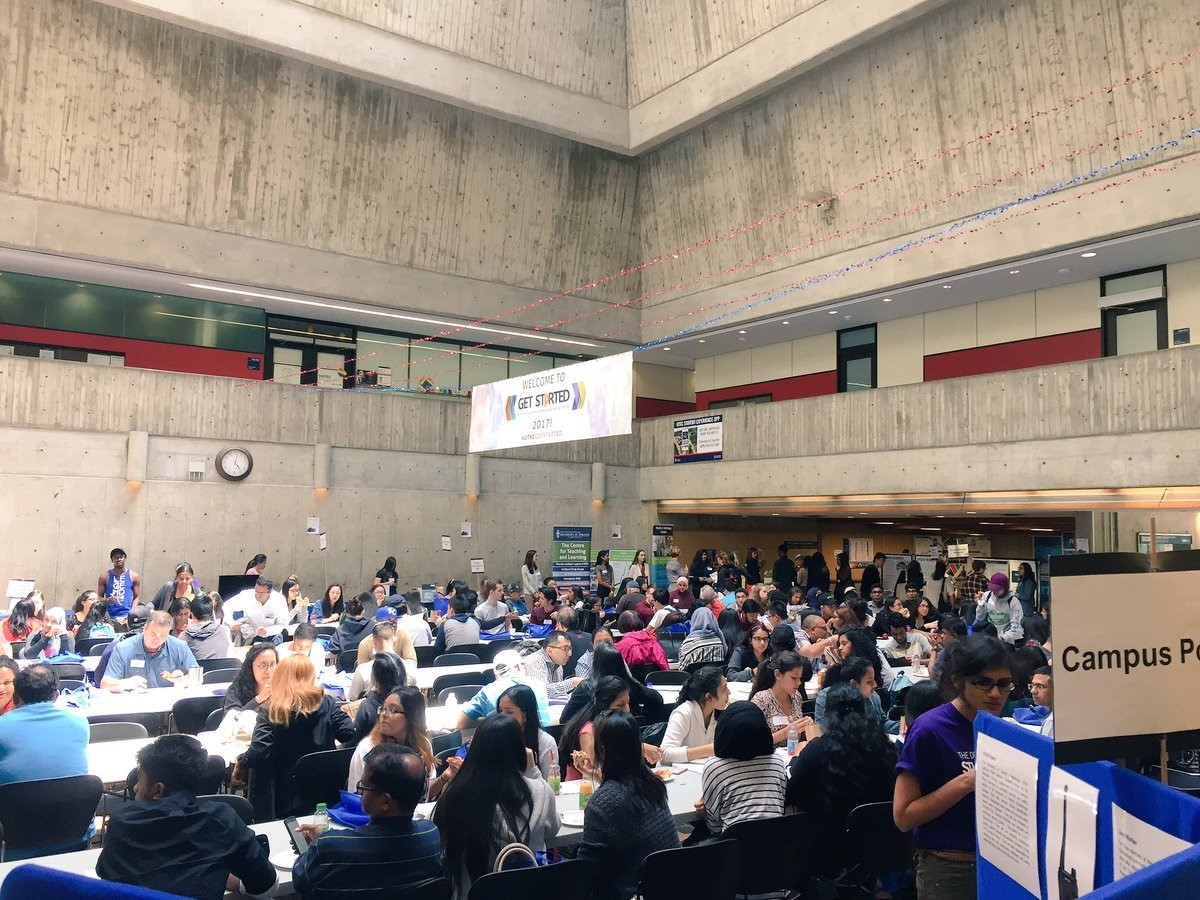
4. Tenebrae (1982)
As a Giallo horror film, Tenebrae combines aspects of a murder mystery with the slasher genre. Though the action is spread out over various locations, one of its most memorable buildings is the Villa Ronconi, a residence in Rome. This structure was designed by Italian architect Saverio Busiri Vici and was built around ten years before the movie was filmed. With its cantilevered planes and cubic components, the building comprises tiers of deep recesses, allowing for dramatic patterns of shadow and light. Given that the name of the film means “darkness,” this touch of duality nicely complements the ominous ambiance.
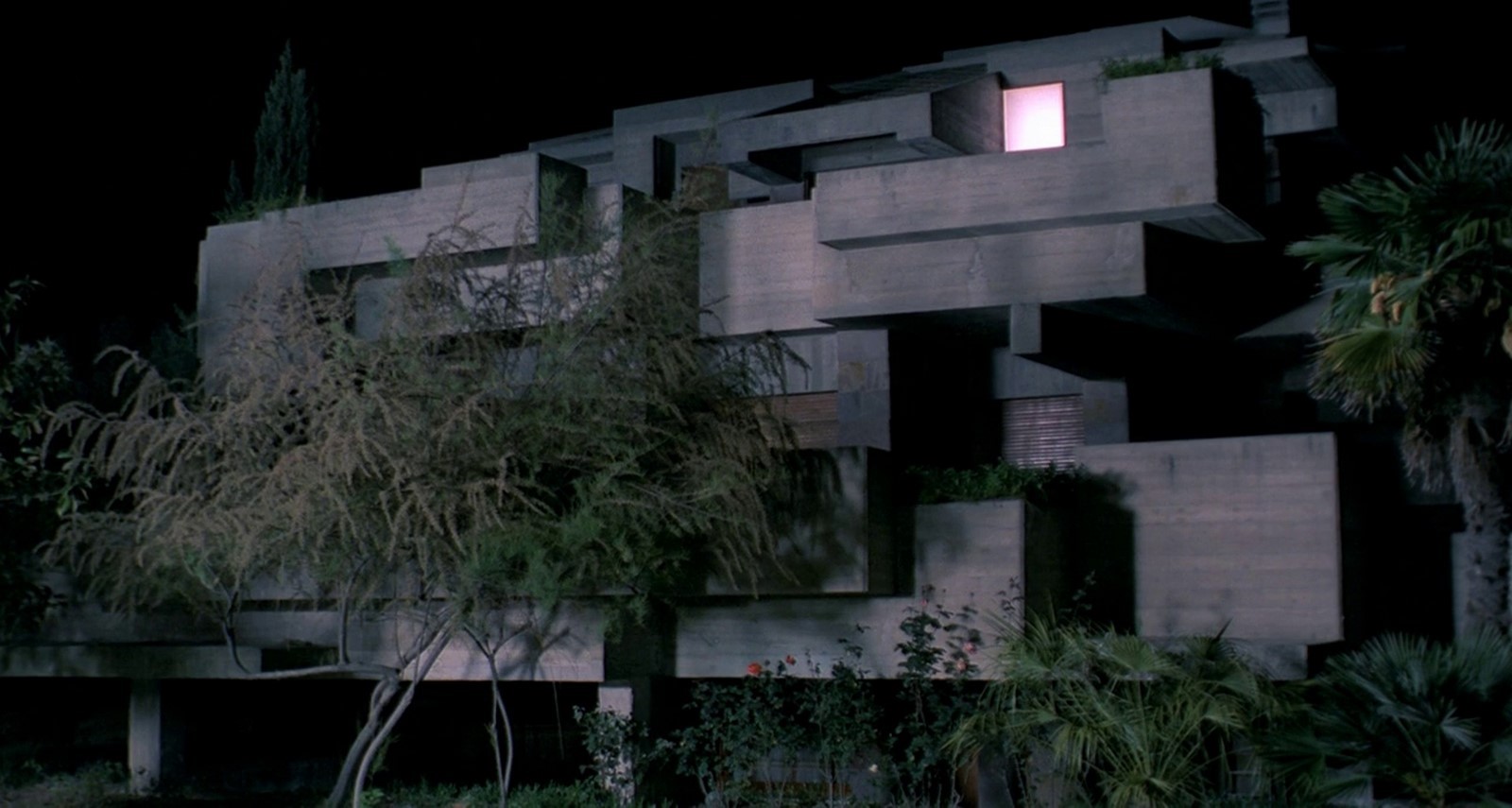
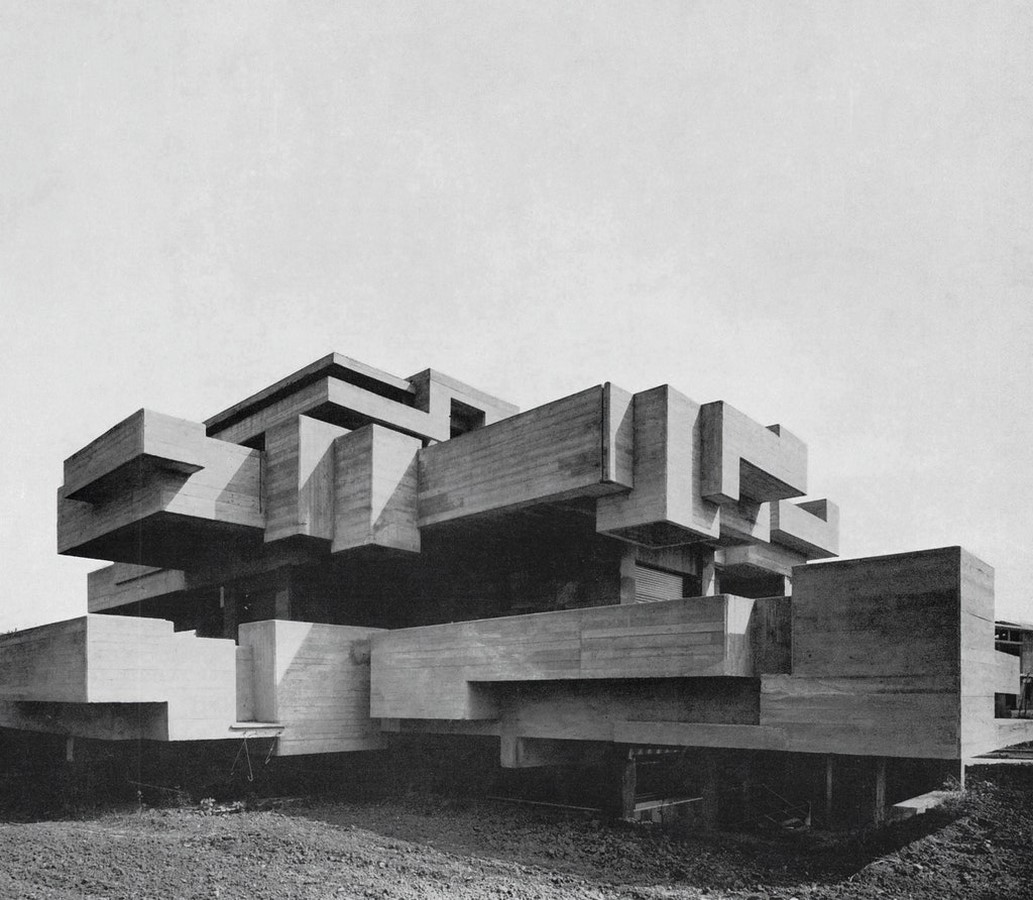
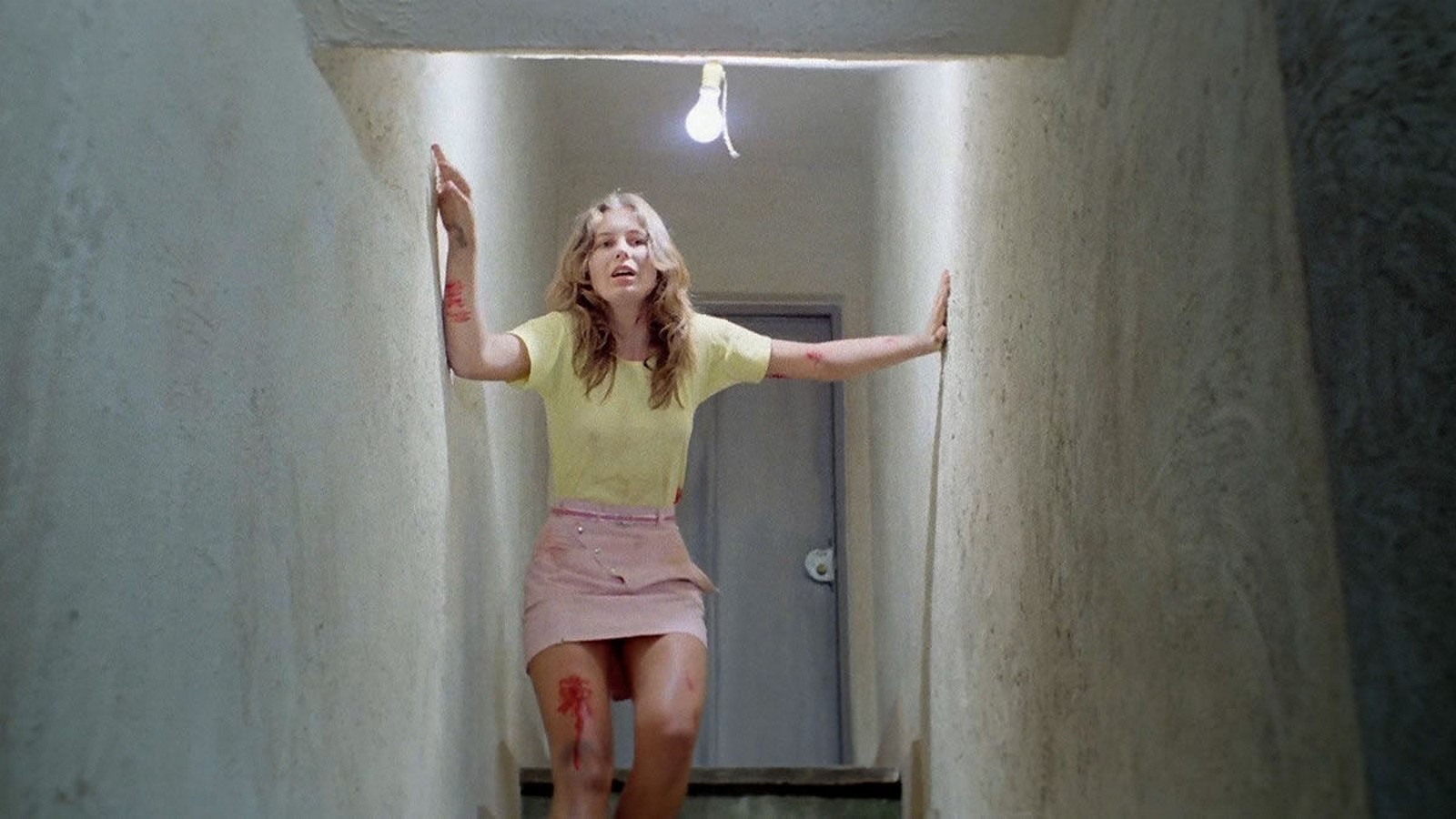
5. Knight of Cups (2015)
This drama follows a successful screenwriter who feels a drowning emptiness in his life. Though he seeks refuge in Hollywood excess, this proves to be nothing but a transient distraction from his pain. These sentiments are reflected in the movie’s shots of St Basil’s Catholic Church, a simple and sparse building largely devoid of embellishments. The structure looms straight upwards in blocky cylinders, it’s exterior completely smooth. Designed by AC Martin & Associates, the church features a suspended ceiling of thin timber lattices forming a hyperbolic parabola, mirroring the complex emotions warring within the protagonist.
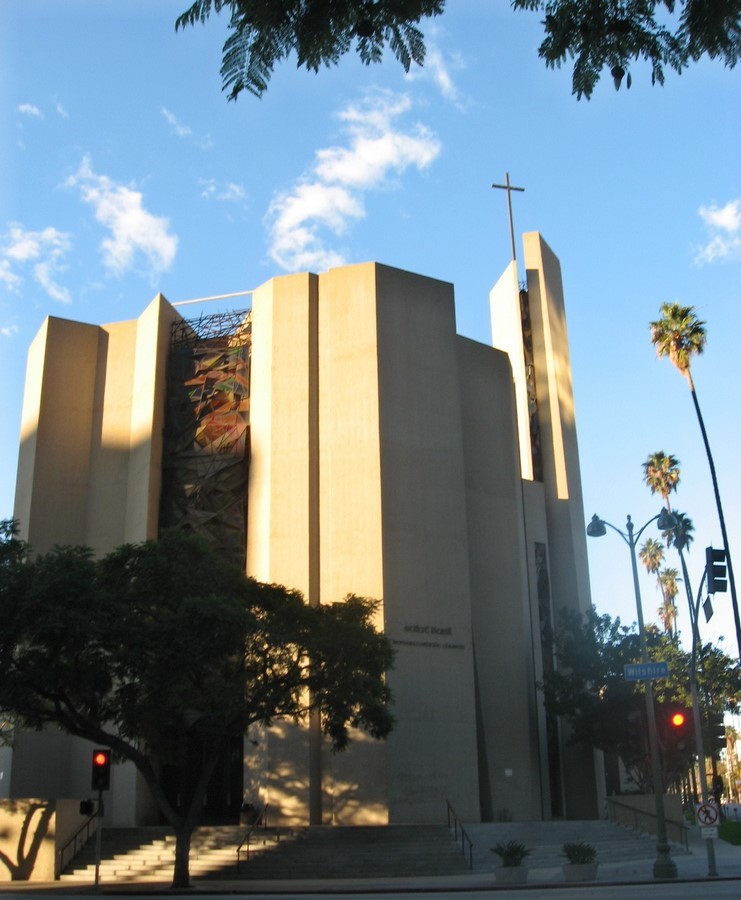
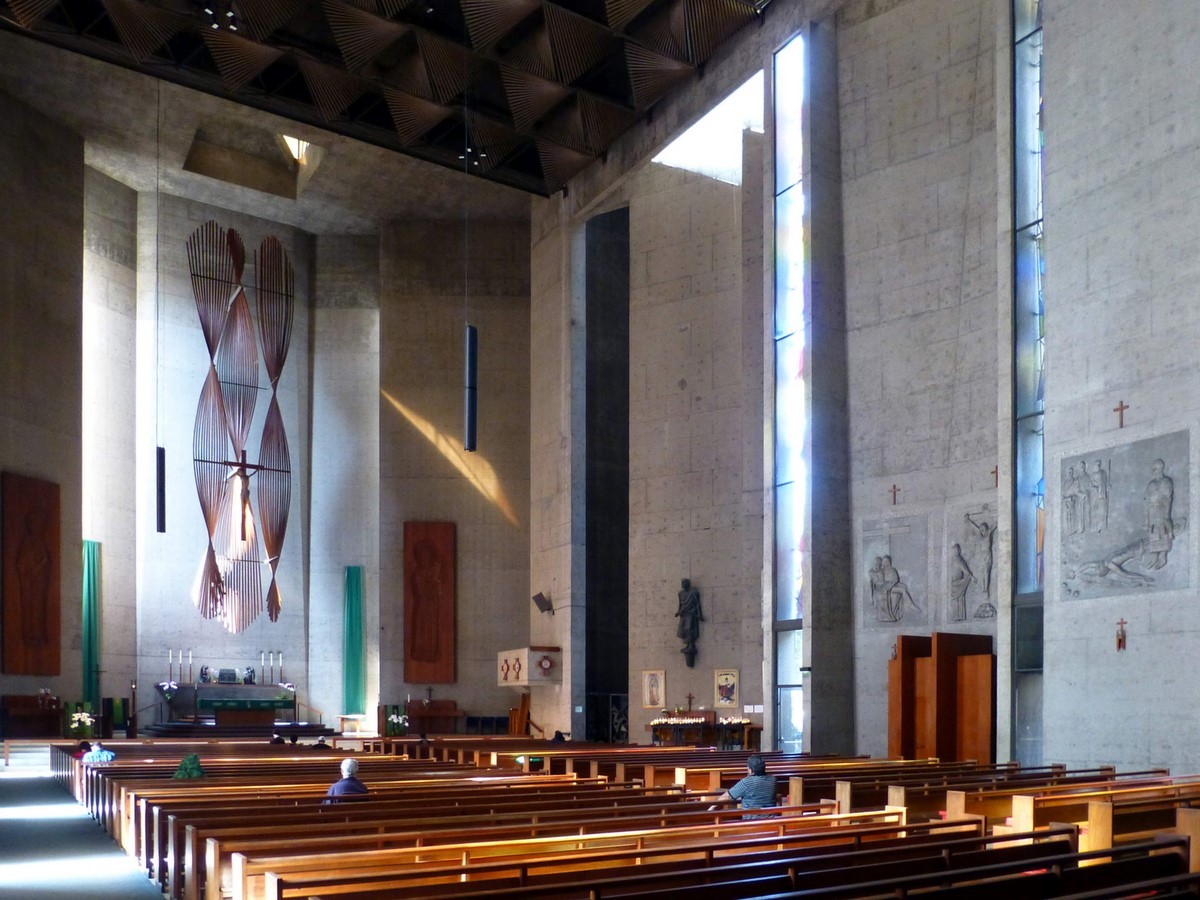
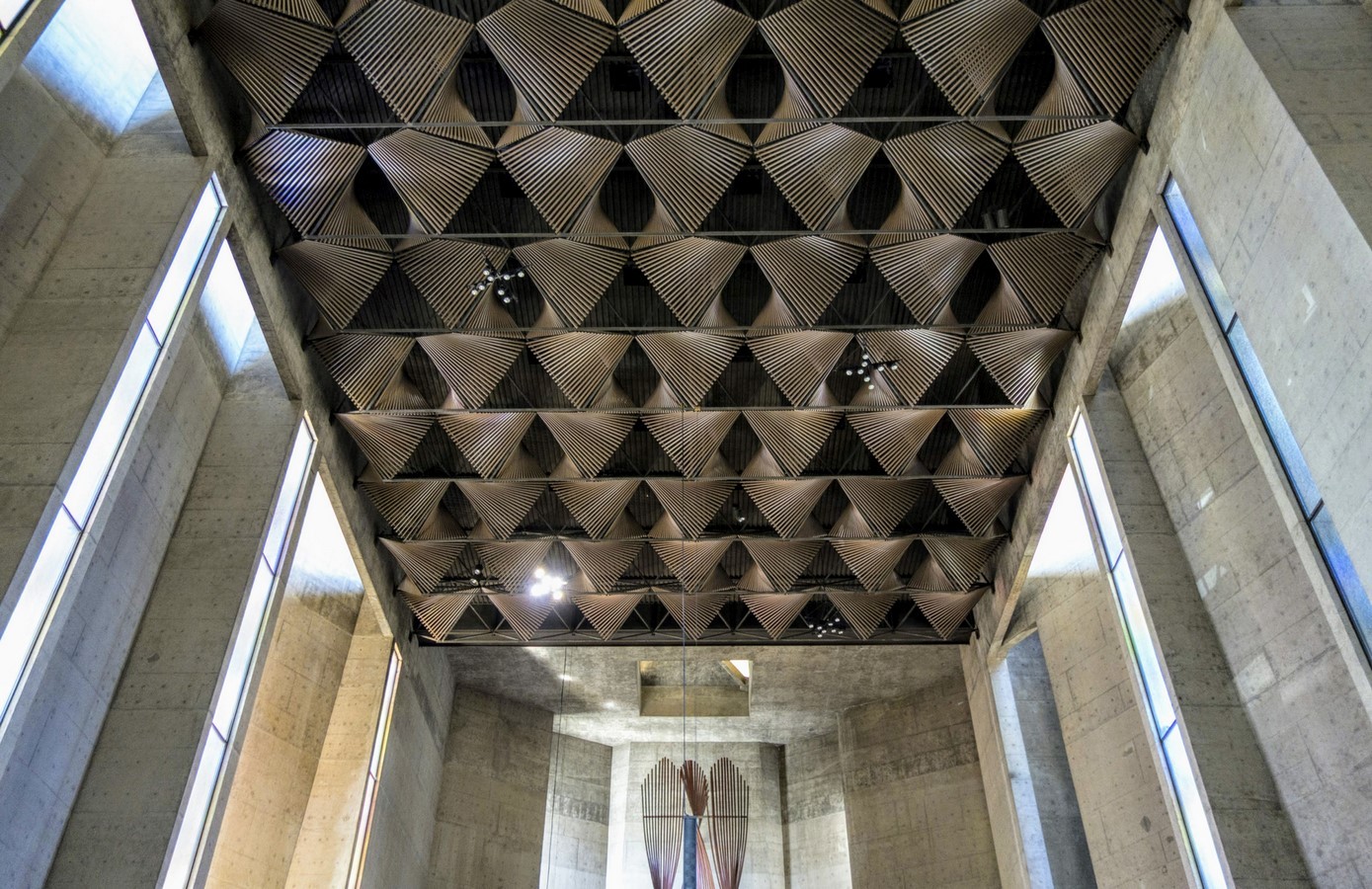
6. Nineteen Eighty-Four (1984) | Brutalism in Architecture
Set in a war-torn version of London at some unidentified point in the future, Nineteen Eighty-Four is a classic story of the individual against a totalitarian state. The protagonist, a low-ranking civil servant, continuously struggles against the government’s repression. Though he tries to maintain his sanity, society’s conventions such as doublethink, the ability to hold two contradictory beliefs at the same time, challenge his mental state. His room is the only place he thinks he can find solace; by positioning himself out of view of surveillance cameras, he feels safe enough to read a book written by a famous rebel. However, the room itself—a cold rectangle encased in exposed concrete—embodies society’s overwhelming control of every aspect of his life, implying that this escape is not permanent.
